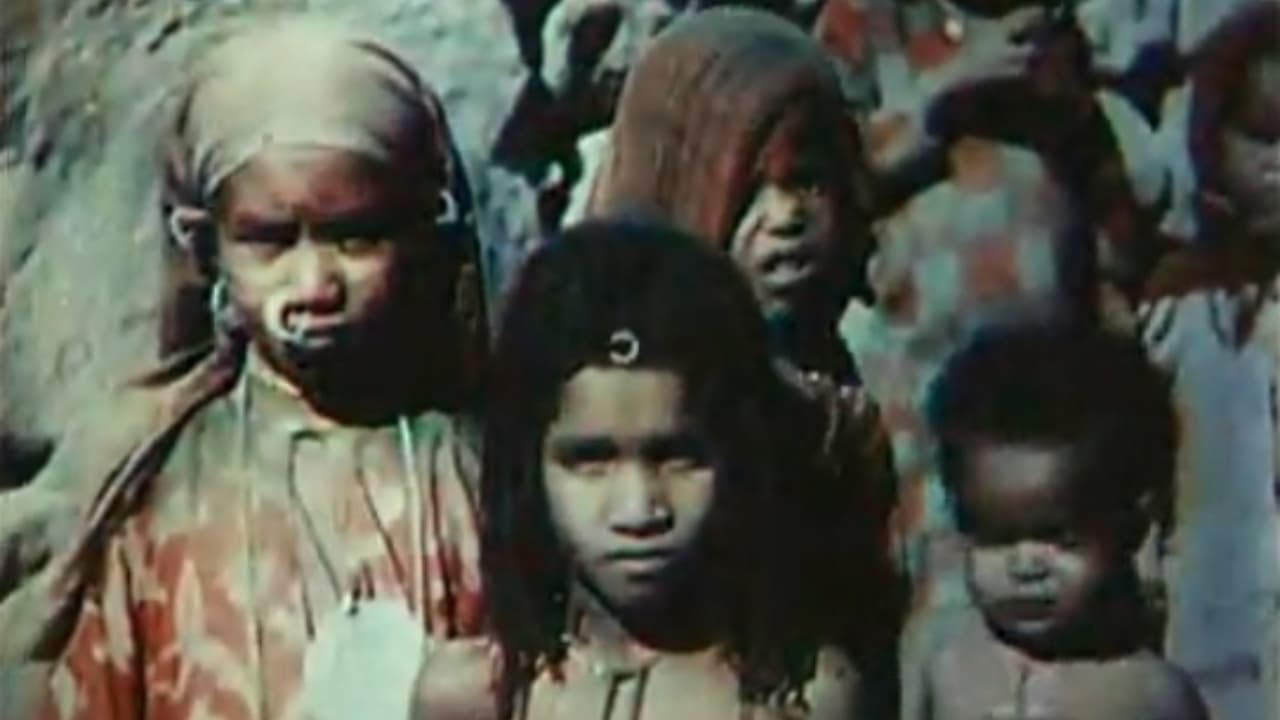

I didn't know that there was such a system called 'Kinemacolor' until I saw someone's posting about this title on the site Letterboxd. Going online and finding the actual 6 minute film, this is really an early treat that is fascinating to see if only because of how successful the color system works.While not as intensive as technicolor was in the 40's, it had its own unique properties. According to the Wikipedia: "The camera resembles the ordinary cinematographic camera except that it runs at twice the speed, taking thirty-two images per second instead of sixteen, and it is fitted with a rotating colour filter in addition to the ordinary shutter. This filter is an aluminum skeleton wheel... having four segments, two open ones, G and H; one filled in with red-dyed gelatine, E F; and the fourth containing green-dyed gelatine, A B. The camera is so geared that exposures are made alternately through the red gelatine and the green gelatine. Panchromatic film is used, and the negative is printed from in the ordinary way, and it will be understood that there is no colour in the film itself." Considering it's 1911, this is something that feels extraordinary and vibrant. There's no story, it's simply footage of people and animals by the Nile. But such people and animals, and the reds feel bright and red and the whites feel white, and the people are who they are in all their humanity. Hope this gets or has been restored.
... View More